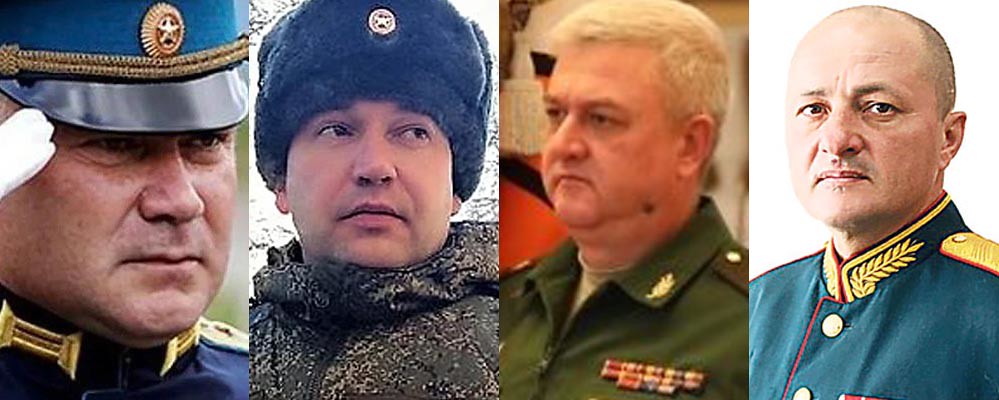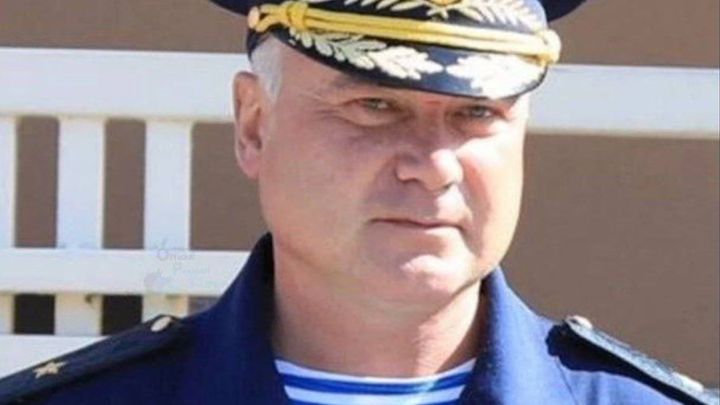Introduction.
We have before us, face to face, the two most dangerous and extraordinary rivals that exist on Earth. They are the Jews or Israelites and the Shiite Islamists.
What gives them similarity? Both have a strong religiosity, resistant to anything, which is part of their identity and the essence of their life.
The Jews or Israelites.
The Jews are a small people, who have survived the vicissitudes of History in a truly unique and special way: persecutions, pogroms, genocides, collective exiles, attempts at religious assimilation, collective guilt received, deportations.
According to their ideology, they are the people Chosen by God to guard and carry through History the Plan of Yaweh for Humanity. They hold, treasure the promises of God to Abraham, Isaac, Jacob, Moses. This is where their merit, stamp and superiority are consecrated.
The Israelites have deviated from this many times, but Yahweh‘s anger has always been appeased. Among other things, because God needs them to complete his plan for men. Yahweh has been sending his warners, messengers or prophets to correct them, and he has punished them collectively with exiles, famines, nomadism, a sign that it was the people who had turned away from Him.
For the sons of Israel, God is not a Father. This is implausible. God is a “Great and Powerful Creator Lord”, with all the characteristics in superlative. He leads them along his paths, rewards and punishes them. He made them at his image and likeness; but that does not mean that God has eyes, ears, legs and hands. And, He is Loving with all his creatures.
Only Christians see and feel in God a Father, in Jesus a Brother Redeemer and in the Spirit, the Guide and Consoler of their earthly life, gently and serenely.
This belonging gives the Israelites a reassuring security. They are not proselytizers, they do not seek to spread their religion to others, even to their foreign cohabitants. The others do not belong to the people of God and have nothing to do with Salvation. This is the marrow, the central essence and the core of everything.
This gives the Israelites an unprecedented, solid and secure courage in the face of a terrifying Nuclear War. Which Israel, from the start, does not seek, nor desire. They advance in the battles, without worrying about the greater number of enemies, because Jahweh Fights at their Side.
If God wants it will happen and they will be taken by the angels to Jahweh, at the culmination of History.
The Shiite Muslims.
There is a great ideological and practical difference between Sunnism and Shiism.
The latter feels persecuted, because of the dynastic orthodoxies (it defends the rights of the Prophet’s family to lead Islam) and ideological orthodoxies (it admits fewer sources of revelation, limiting the Hadiths, the sayings and deeds of the Prophet, by their origin – who communicated them- and line of transmission), which the Shiites proclaim and defend.
A’isha, the third and most cultured of the Prophet’s wives, would have been a caliph if she were a man, and Ali, cousin, son-in-law, husband of Fatima, the favorite daughter of Mohammed, are the two main and reputable creators of Hadith for Sunnis and Shiites. They begin like this: I saw…; I heard…; I knew… and the successive transmitters are also added. This chain guarantees the traceability of the hadith.
Omar, the second caliph after Abu Bakr, worked to purify and organize the Hadiths and the texts of the Khoran.
The schism of Islam was consolidated on October 10, 680, when the troops of Yazid, the second Umayyad caliph, defeated and killed Hussein Ben Ali, grandson of Mohammed, in the battle of Kerbala, in Iraq. The total number of casualties on both sides in the decisive battle of Kerbala was seventy.
The supporters of Hussein “son of Ali” (that is, Ben Ali, pronounced in English as Bin Ali. And then we call him as we hear his name, Bin Ali), were called in Arabic shi’at Ali, in short, Shi’is.
Everyone knows, from the displays on the news, the rituals of self-flagellation that devout men practice on certain Iraqi Shiite holidays.
A powerful reason for this sense of sorrow and suffering may be the great demographic inferiority of the Shiites. 90% of Muslims are Sunnis, who occupy the Holy Places of Islam and are spread throughout the world. Of the remaining 10%, the vast majority is Shiite, more than 86%, and the rest corresponds to small fractions, such as the Alawites of Syria, the Turkish dervishes. All of the latter are “heresy within the heresy” for Sunni Muslims.
In effect, the Shiites are like an island (Iran, Iraq, Syria, Lebanon, Pakistan, which are bordering and with a majority only in Iran and Iraq) surrounded on all sides by the ocean of the Sunnis.
(To be continued)






















